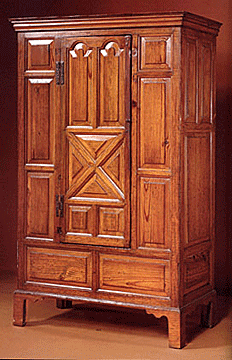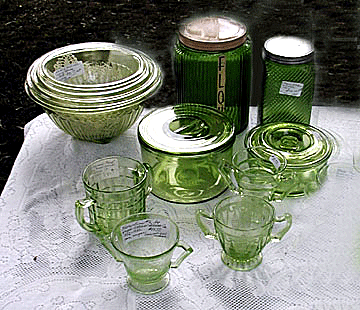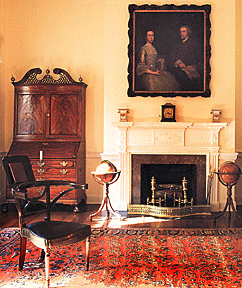The Best Collector is an Educated One
by Bob Brooke
 In
the vast timeline of history, collecting antiques is a relative
newcomer, having gotten its first real impetus around the Centennial
Exposition held in Philadelphia in 1876. Since then, thousands of people
have collected everything from hand tools to tea sets, from glassware to
armoires. Some of these items have historical significance. Others
recall the everyday life of ordinary people. In
the vast timeline of history, collecting antiques is a relative
newcomer, having gotten its first real impetus around the Centennial
Exposition held in Philadelphia in 1876. Since then, thousands of people
have collected everything from hand tools to tea sets, from glassware to
armoires. Some of these items have historical significance. Others
recall the everyday life of ordinary people.
As a collector, your taste may lead to watches or clocks, china teapots,
toy trains, furniture, jewelry, silver, and any number of ceramic and
pottery pieces. Your lucky acquisition of an admired piece may lead to
your determination to get more of the same, or at least to find out more
about the object. Curiosity is a collector's strongest character trait.
Today, American collectors are as diverse as the things they collect.
They’re people of every age and character, from every educational,
social and economic level. They collect everything from highboys to
paperweights. And even though they’re all individualists, they all have
in common an inquiring, acquisitive, and compelling interest in items of
the past.
 To
be a good collector, it’s important that you be an educated one. You
have to learn to have an “eye” and a “feel” for good, authentic examples
of your chosen antique or collectible–to recognize an authentic piece
and learn how it should feel. Glassware is a good example. Old pieces
have a crispness to their edges not found on new ones. If you decide to
collect Depression Glass, you’ll need to improve your sense of touch
since manufacturers signed virtually no pieces and many of the patterns
have since been reproduced. To
be a good collector, it’s important that you be an educated one. You
have to learn to have an “eye” and a “feel” for good, authentic examples
of your chosen antique or collectible–to recognize an authentic piece
and learn how it should feel. Glassware is a good example. Old pieces
have a crispness to their edges not found on new ones. If you decide to
collect Depression Glass, you’ll need to improve your sense of touch
since manufacturers signed virtually no pieces and many of the patterns
have since been reproduced.
 There
are many ways you can learn about antiques. The most obvious is by
reading books—especially those on particular kinds of antiques, price
guides, and antique encyclopedias. You can also find information about
what you collect in antiques newspapers like AntiqueWeek and magazines
like Southeastern Antiques and Collectibles. There
are many ways you can learn about antiques. The most obvious is by
reading books—especially those on particular kinds of antiques, price
guides, and antique encyclopedias. You can also find information about
what you collect in antiques newspapers like AntiqueWeek and magazines
like Southeastern Antiques and Collectibles.
But antique collecting is a hands-on avocation. While visiting museums
and historic houses can help increase your knowledge of how objects have
been used in the past, neither allows visitors to touch pieces. However,
the information gained from such visits is immeasurable. It’s here that
you’ll learn to discern real antiques in a historical setting.
 To
learn how an antique or collectible feels, you need to visit antique
shows and shops. At the former, you’ll usually find knowledgeable
dealers, many of whom are specialists who only do shows. Most are more
than willing to share the knowledge of their specialty. To
learn how an antique or collectible feels, you need to visit antique
shows and shops. At the former, you’ll usually find knowledgeable
dealers, many of whom are specialists who only do shows. Most are more
than willing to share the knowledge of their specialty.
Unfortunately, not all antique dealers are as knowledgeable as most
people believe. While higher-end dealers make it their business to know
the provenance, or history, of items they’re selling, lower-end dealers
concentrate on the selling part of the antiques trade, satisfied to move
pieces quickly without knowing much about their history.
In short, the better informed you are about what you collect, the better
chance of buying additional pieces at prices below their market
value—uncovering real bargains. The bottom line in antique collecting is
to buy low and hopefully sell high, but that usually doesn’t occur until
after holding onto items for at least 10 years.
< Back to Collecting Archives
Next
Article > |
